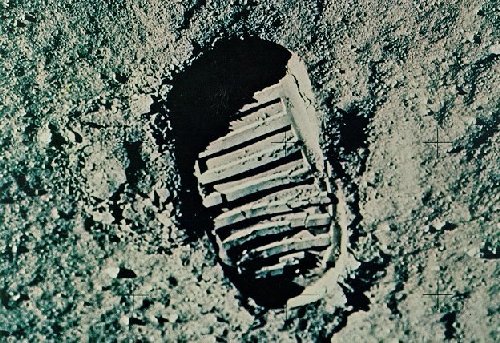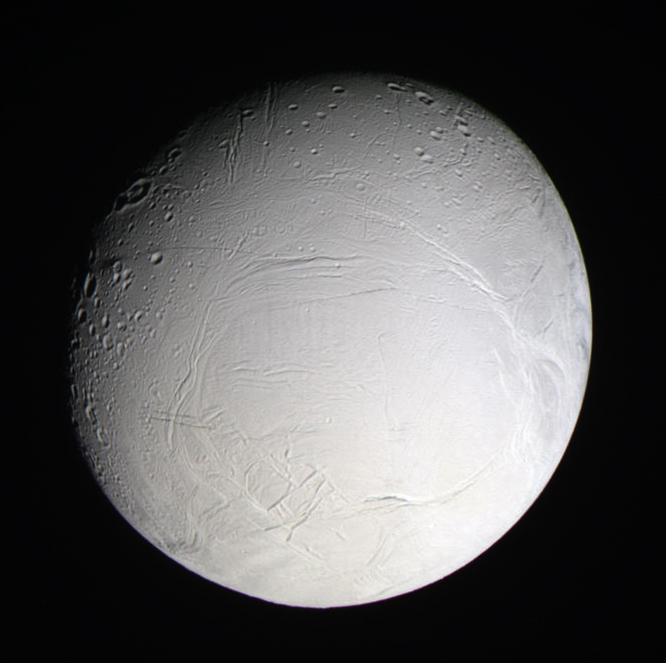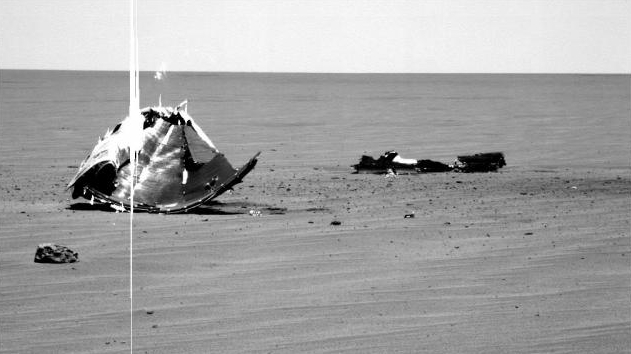It looks like you're using an Ad Blocker.
Please white-list or disable AboveTopSecret.com in your ad-blocking tool.
Thank you.
Some features of ATS will be disabled while you continue to use an ad-blocker.
2
share:
Hey guys, I have a quick question I could not find an answer to on google this morning.
By now, we have all seen the bright spots on Ceres in photos.
My question is whether its Ice, minerals, or an alien spotlight, how is it even visible? I thought (and this is where I may be ignorant) that all celestial objects were covered with a fine layer of dust.
Cosmic_dust_Facts

(wow pictures are not easy on ATS huh)
This is a famous photo of moon dust. It seems to have a thickish layer.
So how recent do you guys think this reflective material/object would have to be to even be visible? And is it even possible that the whole crater is full of this material/object and most of its just covered?
Thanks
By now, we have all seen the bright spots on Ceres in photos.
My question is whether its Ice, minerals, or an alien spotlight, how is it even visible? I thought (and this is where I may be ignorant) that all celestial objects were covered with a fine layer of dust.
Cosmic_dust_Facts
By one estimate, as much as 40,000 tons of cosmic dust reaches the Earth's surface every year.[2]

(wow pictures are not easy on ATS huh)
This is a famous photo of moon dust. It seems to have a thickish layer.
So how recent do you guys think this reflective material/object would have to be to even be visible? And is it even possible that the whole crater is full of this material/object and most of its just covered?
Thanks
edit on 30-5-2015 by Legman because: (no reason given)
a reply to: Legman
There are some processes that cause the "fresh" material to appear from beneath, such as impacts or tidal interaction. For example, the surface of Saturn's moon Enceladus is practically pure ice:

The bright material at Ceres may be outgassing a little bit, and thus carrying the dust particles away from the surface. Dust in space easily gets electrostatic charge, which makes it float high above the surface.
Kudos for the question, though, I think we'll hear some more expert answers than mine.
There are some processes that cause the "fresh" material to appear from beneath, such as impacts or tidal interaction. For example, the surface of Saturn's moon Enceladus is practically pure ice:

The bright material at Ceres may be outgassing a little bit, and thus carrying the dust particles away from the surface. Dust in space easily gets electrostatic charge, which makes it float high above the surface.
Kudos for the question, though, I think we'll hear some more expert answers than mine.
edit on 30-5-2015 by wildespace because: (no reason
given)
a reply to: wildespace
Question: How often other than on earth have we witnessed out gassing on an object?
I'm pretty ignorant in general on astronomy.
Question: How often other than on earth have we witnessed out gassing on an object?
I'm pretty ignorant in general on astronomy.
originally posted by: Legman
a reply to: wildespace
Question: How often other than on earth have we witnessed out gassing on an object?
I'm pretty ignorant in general on astronomy.
Comets do it all the time when they are around here.
As well as that, Mars, Io, Enceladus, Europa, Triton, Mercury, Venus and more have been observed. The Moon is also have been observed having clouds in some part...but maybe that was just aliens having a Barby.
edit on 30-5-2015 by smurfy because: Text.
Snow and ice don't generally sparkle like the floor of that crater. Could there be a mountain of ice there, thrust up from the impact?
A giant mountain range of semi translucent ice with fortress like crags and spires, glistening in the sun…
A giant mountain range of semi translucent ice with fortress like crags and spires, glistening in the sun…
a reply to: intrptr
When you place something with a high albedo, such as ice or snow, on the surface of something with a low albedo, such as the surface of Ceres, it will shine a lot brighter in images.
The bright spots have an albedo of around 40%, placing them in the snow/ice area. The albedo of the surface of Ceres is less than 10%. Lots of contrast.
When you place something with a high albedo, such as ice or snow, on the surface of something with a low albedo, such as the surface of Ceres, it will shine a lot brighter in images.
The bright spots have an albedo of around 40%, placing them in the snow/ice area. The albedo of the surface of Ceres is less than 10%. Lots of contrast.
a reply to: cmdrkeenkid
And gain on the lo light camera…
just wanted to play Disney.
ETA: Other stuff glitters, too.

The bright spots have an albedo of around 40%, placing them in the snow/ice area. The albedo of the surface of Ceres is less than 10%. Lots of contrast.
And gain on the lo light camera…
just wanted to play Disney.
edit on 30-5-2015 by intrptr because: added
ETA: Other stuff glitters, too.

edit on 30-5-2015 by intrptr because: additional
Thanks fellas... I starred all of you. Like I said I am ignorant in this field.
The purpose of the thread is that I am a stats guy. I wondered about the number of investigative craft we have like 17. and the percent chance that something new would happen on ceres that we would be able to see as a reflective source.
It seemed like hitting the lottery to me. I don't really believe in the lottery is why I posted this. I don't believe in aliens either... it is just a intelligible itch I had.
It just seemed to me... the few probes w sent out would actually hit on a "new" (I'm not sure thus this question to you space guys) uncovered "Ice" spot on a little non active ball of dust.... I in no way believe in aliens (that are anyway near).
But Ill admit the probabilities in this seem extreme. Please educate me.
The purpose of the thread is that I am a stats guy. I wondered about the number of investigative craft we have like 17. and the percent chance that something new would happen on ceres that we would be able to see as a reflective source.
It seemed like hitting the lottery to me. I don't really believe in the lottery is why I posted this. I don't believe in aliens either... it is just a intelligible itch I had.
It just seemed to me... the few probes w sent out would actually hit on a "new" (I'm not sure thus this question to you space guys) uncovered "Ice" spot on a little non active ball of dust.... I in no way believe in aliens (that are anyway near).
But Ill admit the probabilities in this seem extreme. Please educate me.
new topics
-
Maestro Benedetto
Literature: 43 minutes ago -
Is AI Better Than the Hollywood Elite?
Movies: 52 minutes ago -
Las Vegas UFO Spotting Teen Traumatized by Demon Creature in Backyard
Aliens and UFOs: 4 hours ago -
2024 Pigeon Forge Rod Run - On the Strip (Video made for you)
Automotive Discussion: 5 hours ago -
Gaza Terrorists Attack US Humanitarian Pier During Construction
Middle East Issues: 5 hours ago -
The functionality of boldening and italics is clunky and no post char limit warning?
ATS Freshman's Forum: 6 hours ago -
Meadows, Giuliani Among 11 Indicted in Arizona in Latest 2020 Election Subversion Case
Mainstream News: 7 hours ago -
Massachusetts Drag Queen Leads Young Kids in Free Palestine Chant
Social Issues and Civil Unrest: 7 hours ago -
Weinstein's conviction overturned
Mainstream News: 8 hours ago -
Supreme Court Oral Arguments 4.25.2024 - Are PRESIDENTS IMMUNE From Later Being Prosecuted.
Above Politics: 10 hours ago
top topics
-
Krystalnacht on today's most elite Universities?
Social Issues and Civil Unrest: 10 hours ago, 9 flags -
Supreme Court Oral Arguments 4.25.2024 - Are PRESIDENTS IMMUNE From Later Being Prosecuted.
Above Politics: 10 hours ago, 8 flags -
Weinstein's conviction overturned
Mainstream News: 8 hours ago, 7 flags -
Gaza Terrorists Attack US Humanitarian Pier During Construction
Middle East Issues: 5 hours ago, 7 flags -
University of Texas Instantly Shuts Down Anti Israel Protests
Education and Media: 13 hours ago, 6 flags -
Massachusetts Drag Queen Leads Young Kids in Free Palestine Chant
Social Issues and Civil Unrest: 7 hours ago, 6 flags -
Meadows, Giuliani Among 11 Indicted in Arizona in Latest 2020 Election Subversion Case
Mainstream News: 7 hours ago, 5 flags -
Las Vegas UFO Spotting Teen Traumatized by Demon Creature in Backyard
Aliens and UFOs: 4 hours ago, 4 flags -
2024 Pigeon Forge Rod Run - On the Strip (Video made for you)
Automotive Discussion: 5 hours ago, 2 flags -
Any one suspicious of fever promotions events, major investor Goldman Sachs card only.
The Gray Area: 15 hours ago, 2 flags
active topics
-
University of Texas Instantly Shuts Down Anti Israel Protests
Education and Media • 225 • : Xtrozero -
VP's Secret Service agent brawls with other agents at Andrews
Mainstream News • 59 • : ByeByeAmericanPie -
SETI chief says US has no evidence for alien technology. 'And we never have'
Aliens and UFOs • 72 • : yuppa -
My Poor Avocado Plant.
General Chit Chat • 77 • : JonnyC555 -
New whistleblower Jason Sands speaks on Twitter Spaces last night.
Aliens and UFOs • 61 • : Ophiuchus1 -
Is AI Better Than the Hollywood Elite?
Movies • 2 • : 5thHead -
Gaza Terrorists Attack US Humanitarian Pier During Construction
Middle East Issues • 25 • : CarlLaFong -
Mood Music Part VI
Music • 3102 • : Hellmutt -
Las Vegas UFO Spotting Teen Traumatized by Demon Creature in Backyard
Aliens and UFOs • 9 • : Ophiuchus1 -
British TV Presenter Refuses To Use Guest's Preferred Pronouns
Education and Media • 164 • : Annee
2
